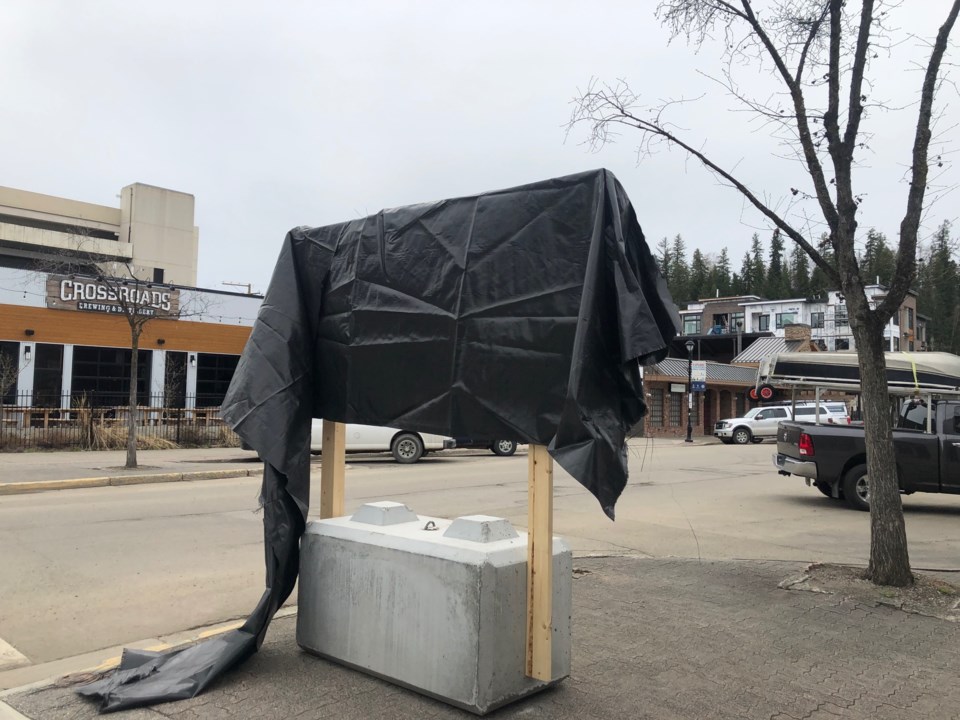Prince George is starting construction at two sites downtown to add connections to the Downtown Renewable Energy System (DRES).
The work will occur at Sixth and Seventh Avenue, George Street and along Quebec Street between Sixth and Seventh Avenues in order to provide heat to for the new parkade and future downtown pool.
The areas will be closed to traffic, but remain open for pedestrian access to businesses.
Last week, city crews installed signage that notified residents of the upcoming closures without first informing adjacent businesses about the construction project.
In a news release, the city says it regrets this oversight and is delivering letters to the businesses with information about the project and apologizing for the error. The city says is also reviewing its processes relating to notification of capital projects.
Hey @CityofPG @Lynhallpg @BrianSkakunCity @SampsonKyle @CorRams @Terri_Mcconna @SusanScottPG we understand that businesses, fighting to keep their doors open during #COVID19 and #SupportPG, were not advised of this when signs appeared yesterday morning. Any insights? @PGChamber1 pic.twitter.com/bV4RKuPARi
— Todd C (@PGChamberCEO) April 25, 2020
DRES distributes heat from Lakeland Mills to nearly a dozen downtown buildings, including City Hall, the Public Library, Two Rivers Gallery, the Wood Innovation and Design Centre, and the RCMP detachment on Victoria Street.
Hot water heated by wood chips and shavings at the mill is circulated through more than three kilometres of underground pipes to provide the buildings with heat and hot water.
It is one of only a handful of municipal energy systems in Canada that primarily uses a renewable fuel source, and sourcing this fuel locally keeps energy dollars in the community.
The city says planning for the new downtown pool indicates that simply connecting to the DRES for heating the building and the water in the pool tanks will reduce greenhouse gas emissions by nearly 95 per cent compared to using natural gas.
Construction is expected to start on Friday (May 1) and is scheduled to last for up to two weeks, depending upon the weather.





